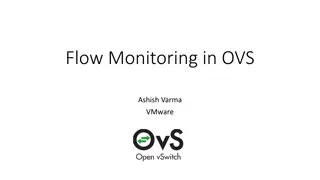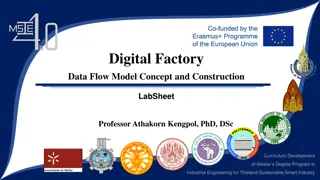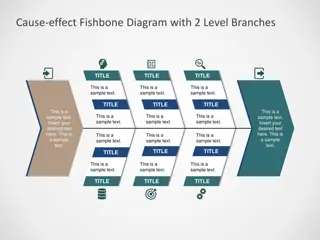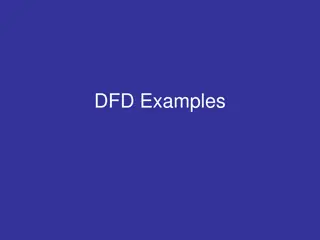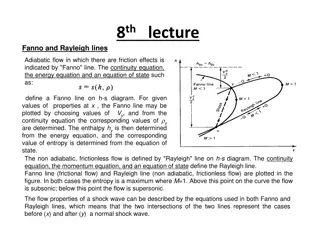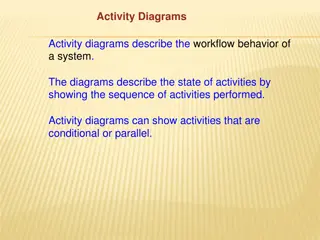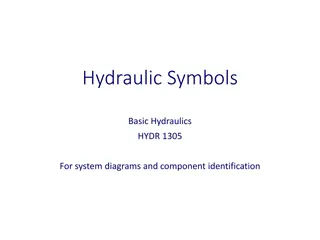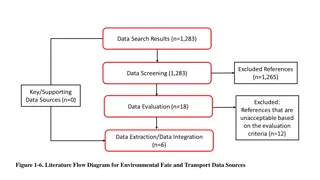Data Flow Diagrams: Understanding DFD Symbols
A data flow diagram (DFD) is a visual representation of data movement within a system, depicting the flow of data between entities, processes, and data stores. This content explains DFD symbols, process representation, data flow paths, and more. Learn how DFDs help in system analysis, documentation, and communication of data flow logic.
Download Presentation

Please find below an Image/Link to download the presentation.
The content on the website is provided AS IS for your information and personal use only. It may not be sold, licensed, or shared on other websites without obtaining consent from the author.If you encounter any issues during the download, it is possible that the publisher has removed the file from their server.
You are allowed to download the files provided on this website for personal or commercial use, subject to the condition that they are used lawfully. All files are the property of their respective owners.
The content on the website is provided AS IS for your information and personal use only. It may not be sold, licensed, or shared on other websites without obtaining consent from the author.
E N D
Presentation Transcript
What is a Data Flow Diagram? A data flow diagram (DFD) is a graphical representation of the movement of data between external entities, processes and data stores within a system. Simply put, DFD s show how data moves through an information system. 2
Process 1.0 Grade Report Grade Detail Produce Grade Report The work or actions performed on data so that they are transformed, stored, or distributed. Process labels should be verb phrases! 4
Data Flow 2.1 Payment Detail Accounts Receivable D1 Post Payment Invoice Detail A path for data to move from one part of the system to another. Data in motion! Arrows depict the movement of data. NO VERBS 5
Data Store D1 Students Used in a DFD to represent data that the system stores Data at rest! Labels should be noun phrases (NO VERBS) 6
External Entity aka Source/Sink 1.0 Order Invoice CUSTOMER Verify Order The origin or destination of data! This represents things outside of the system. Source Entity that supplies data to the system. Sink Entity that receives data from the system. The labels should be noun phrases! 7
General DFD Rules YES NO A process to another process A process to an external entity A process to a data store An external entity to another external entity An external entity to a data store A data store to another data store 8
Advantages of DFDs Simple graphical techniques which are easy to understand Helps define the boundaries of the system Useful for communicating current system knowledge to users Explains the logic behind the data flow within the system Used as the part of system documentation file Rottman makes you do these in design! 9
Group Exercise Get into your project groups and figure out the best solution for the level 0 DFD for the National Merchandising Case! When you are done have one team member come and put your solution on the board. 10
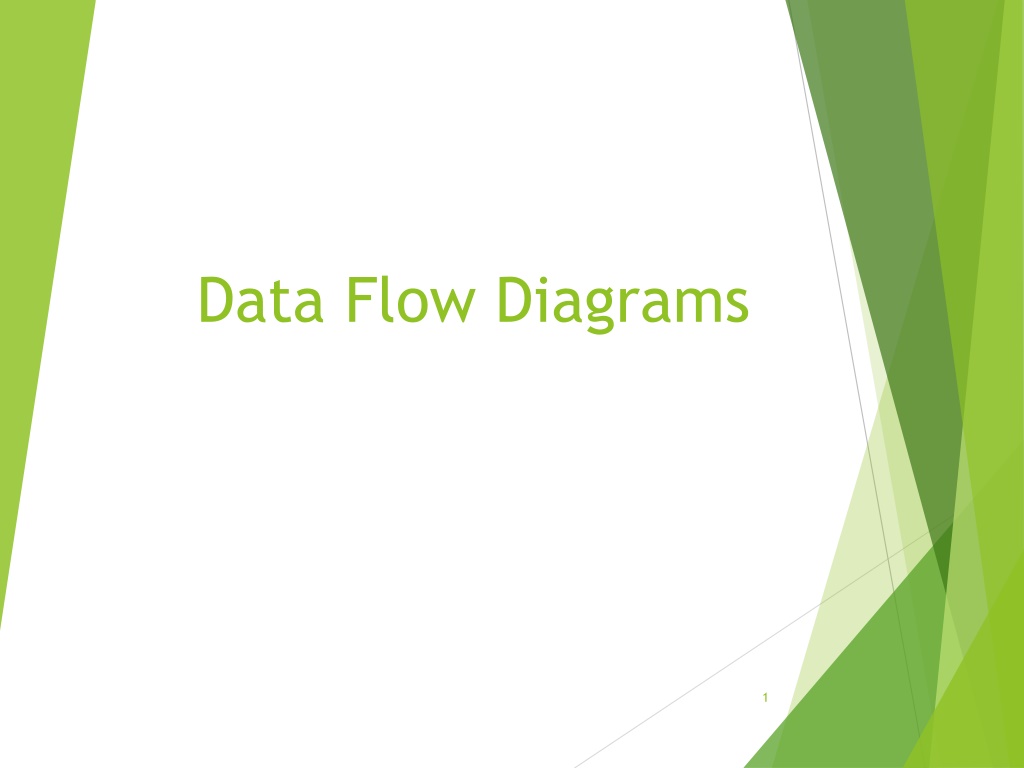
 undefined
undefined









